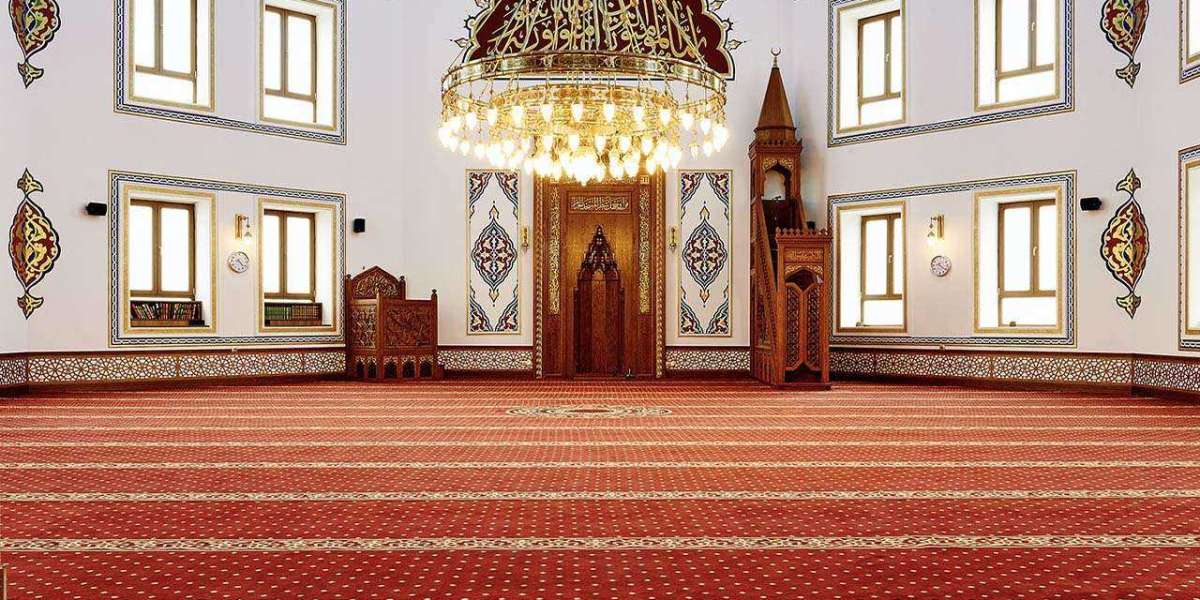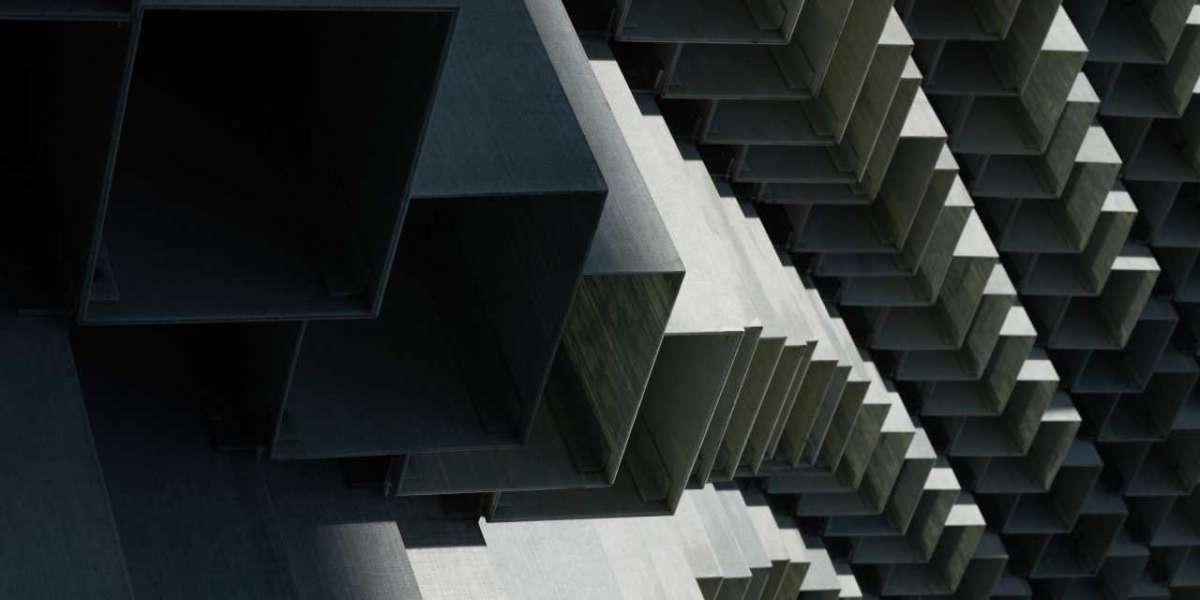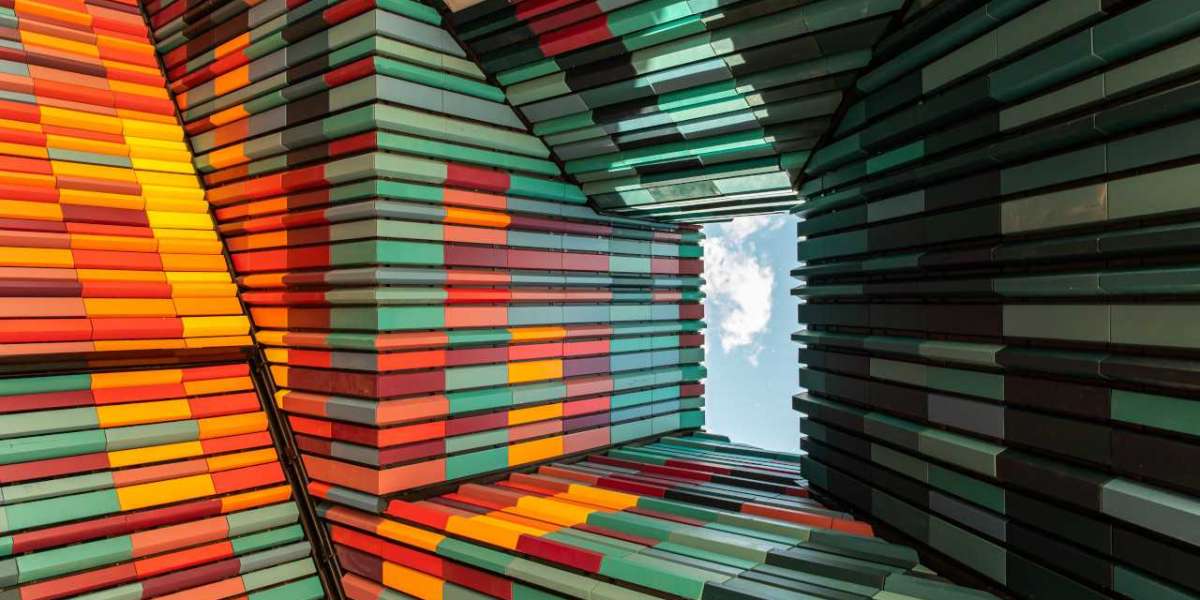When stepping into a mosque, one is immediately struck by a sense of tranquility and reverence. This atmosphere is shaped by many elements: the architecture, the lighting, the calligraphy, and notably, the mosque carpets. These carpets are more than just floor coverings; they hold deep cultural, spiritual, and artistic significance in the Islamic world. This blog delves into the multifaceted role of mosque carpets, exploring their history, design, and the profound meaning they carry for worshippers.
Historical Context
The use of carpets in mosques dates back to the early days of Islam. Historically, the tradition of using carpets can be traced to the nomadic tribes of the Middle East and Central Asia, who used portable rugs for prayer and daily living. As Islam spread across regions, the tradition of laying carpets in places of worship became more pronounced.
In the early Islamic period, mosques often featured simple reed mats or bare floors. However, as the religion and its architectural expressions evolved, so did the interiors of mosques. The introduction of elaborate carpets can be attributed to the Persian influence, where carpet weaving was already an esteemed craft. By the medieval period, Persian carpets became synonymous with luxury and were highly sought after, not just for homes but also for mosques.
Artistic and Cultural Significance
Mosque carpets are a visual feast, embodying the rich tapestry of Islamic art. The designs on these carpets are not merely decorative but are imbued with symbolic meanings. Common motifs include geometric patterns, floral designs, and arabesques, which reflect the Islamic emphasis on unity, order, and the infinite nature of Allah. Unlike other forms of art, depictions of living beings are avoided in accordance with Islamic aniconism.
The choice of colors is also significant. Red, blue, green, and gold are frequently used, each carrying its own connotations. Red symbolizes vitality and life, blue represents tranquility and heaven, green is associated with paradise and the Prophet Muhammad, and gold denotes wealth and power.
The Role of Carpets in Worship
In a mosque, the carpet defines the sacred space where worshippers perform their prayers (Salah). The design often incorporates lines or niches (mihrab), indicating the direction of Mecca (Qibla), which is essential for the correct orientation during prayer. These lines ensure that worshippers stand in orderly rows, promoting unity and equality among those gathered.
The tactile experience of the carpet is also important. The softness and warmth of the carpet create a comfortable environment for worshippers who spend significant time in prayer, often kneeling and prostrating. The carpet thus enhances the physical aspect of worship, providing a cushioned and clean surface that respects the sacredness of the act.
Regional Variations
While the purpose of mosque carpets remains consistent, their styles can vary significantly depending on the region. Persian carpets are renowned for their intricate designs and superior craftsmanship. Turkish mosque carpets, especially those from the Anatolian region, often feature bold colors and geometric patterns. In contrast, Indian mosque carpets may display elaborate floral motifs and a softer color palette.
In Southeast Asia, particularly in countries like Indonesia and Malaysia, mosque carpets are often simpler and may incorporate local weaving techniques and materials. Each regional style not only reflects the local culture and artistic traditions but also the historical interactions between different Islamic civilizations.
Contemporary Trends
Modern mosque carpets continue to evolve, incorporating new materials and technologies. Today, synthetic fibers are often used alongside traditional wool, providing durability and ease of maintenance. Additionally, modern manufacturing techniques allow for a wider range of designs and colors, making it possible to customize carpets to fit the specific aesthetic and spiritual needs of individual mosques.
Sustainability is also becoming a consideration in the production of mosque carpets. Eco-friendly materials and dyes are being used to create carpets that are not only beautiful and functional but also environmentally responsible. This shift reflects a broader awareness within the Islamic community about the importance of stewardship of the Earth.
The Craftsmanship Behind Mosque Carpets
The creation of a mosque carpet is an intricate process that involves skilled craftsmanship. It begins with the design, which is often a collaborative effort between artists and religious scholars to ensure that the patterns are both beautiful and meaningful. Once the design is finalized, the weaving process begins.
Traditional hand-knotted carpets are particularly prized for their quality and durability. This method involves tying individual knots of wool or silk onto a foundation of warp and weft threads, a labor-intensive process that can take months or even years to complete, depending on the size and complexity of the carpet.
Machine-made carpets, while less expensive, are also popular due to their affordability and the precision of modern looms. These carpets can be produced quickly and in large quantities, making them accessible to a wider range of mosques.
The Spiritual Connection
For worshippers, the mosque carpet is a constant companion in their spiritual journey. It is the surface on which they bow in submission to Allah, a place where they find peace and solace. The carpet, therefore, becomes imbued with the prayers and hopes of countless individuals, a silent witness to the faith and devotion of the community.
In many ways, the mosque carpet is a metaphor for the Ummah (the global Islamic community). It is made up of many threads, each representing an individual, woven together to create a unified whole. Just as the carpet is strengthened by its interconnected fibers, so too is the community strengthened by its unity and shared faith.
Conclusion
Mosque carpets are much more than decorative elements; they are a vital part of the spiritual and cultural fabric of Islam. From their historical roots to their contemporary manifestations, these carpets reflect the artistic heritage, religious principles, and communal values of the Islamic world. Whether simple or elaborate, each mosque carpet serves as a foundation for worship and a symbol of the unity and devotion of the Muslim community. As such, they continue to hold a cherished place in the hearts of worshippers and the sacred spaces they adorn.








